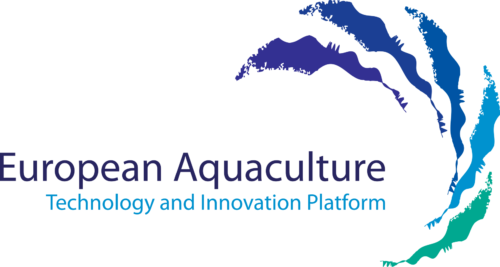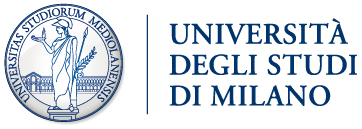The university of Milan joins the EATiP membership
AQUACULTURE GROUP
The aquaculture group activity is focussed mainly on aquatic ecology, fish biology, reproduction, nutrition and fish feeding, quality and authenticity of fish.
The group operates both in the Department of Veterinary Medicine (DIMEVET) and in the Department of Agricultural and Environmental Sciences (DISAA) and comprises several operative units.
The Lodi Aquaculture Research centre consists of three different recirculating aquaculture systems (RAS) for farming of aquatic animals and structures for growing phyto- and zooplankton. Oxygen concentration, pH and conductivity can be measured in each tank, while other chemical parameters, like the ammonia, nitrite and nitrate concentration can be measured by a portable spectrophotometer. In this facility, beside the use of the system for academic research, we cooperate with fish feed manufacturer in order to test different fish feed formulation or the use of innovative raw ingredients in fish nutrition.
The chemical laboratory is equipped for chromatography and mass spectrometry analysis (GC-FID, GC-MS, HPLC-DAD, HPLC-MS/MS) for the chemical composition analysis of feed and fish. The main activities of this group are focussed on the study of chemical composition and flavour of fish products as affected by environment, technology and storage. The facility for chromatography and mass spectrometry analysis will enable to extract and analyse volatile and not volatile organic compounds present in feed and food matrices. The application of different extraction methods will able to study organic compounds derived from the diet of fish from the environment and useful to link the food to a specific diet and/or to a specific area.
The anatomical laboratory is equipped for morpho-functional analyses (microtomes; cryostat; processing machine for dehydration, clearing and infiltration; wax embedding machine; light, fluorescence and confocal microscopes equipped with digital cameras for image analyses). Histology, histochemistry, immunohistochemistry, immunofluorescence and in situ hybridization can be applied to define structural differences between experimental treated fish (i.e. digestive or respiratory tracts, muscle development/growth or ontogenesis. Moreover, histomorphometrical analyses can be used to quantify the above-mentioned structural differences (cells count, structural or colour measurements) followed by statistical analyses of the data.
The biotechnology laboratory is specialised in tissue culture and molecular biology. The laboratory has a vast array of flow hoods, incubators and micromanipulators for the derivation of primary cell lines as well as the long-term culture of established lines. Standard, 3D and microfluidics techniques are applied to fish cells of different organs. In collaboration with a number of national and international partners the group if working on the development of a 3D platform for the analysis of the nutritional values of innovative diets.



